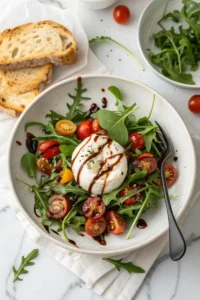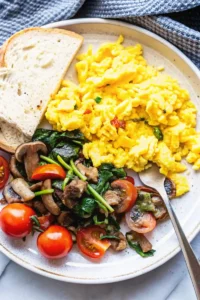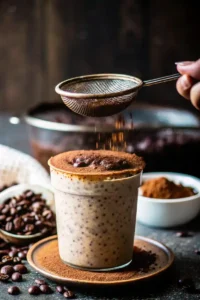Garlic Parmesan sauce vs Alfredo—it’s a debate I never thought I’d care about until one busy weeknight. I was standing in my kitchen, trying to make something quick and comforting for my girls. I reached for what I thought was Alfredo, but one taste told me I’d grabbed something garlicky and bold. That happy accident turned a regular pasta night into something unforgettable.
Since then, I’ve been fascinated by how these two sauces—both rich, creamy, and full of flavor—can be so different. From texture to taste to the dishes they shine in, Garlic Parmesan and Alfredo each have their own magic. Let’s dig into what sets them apart.
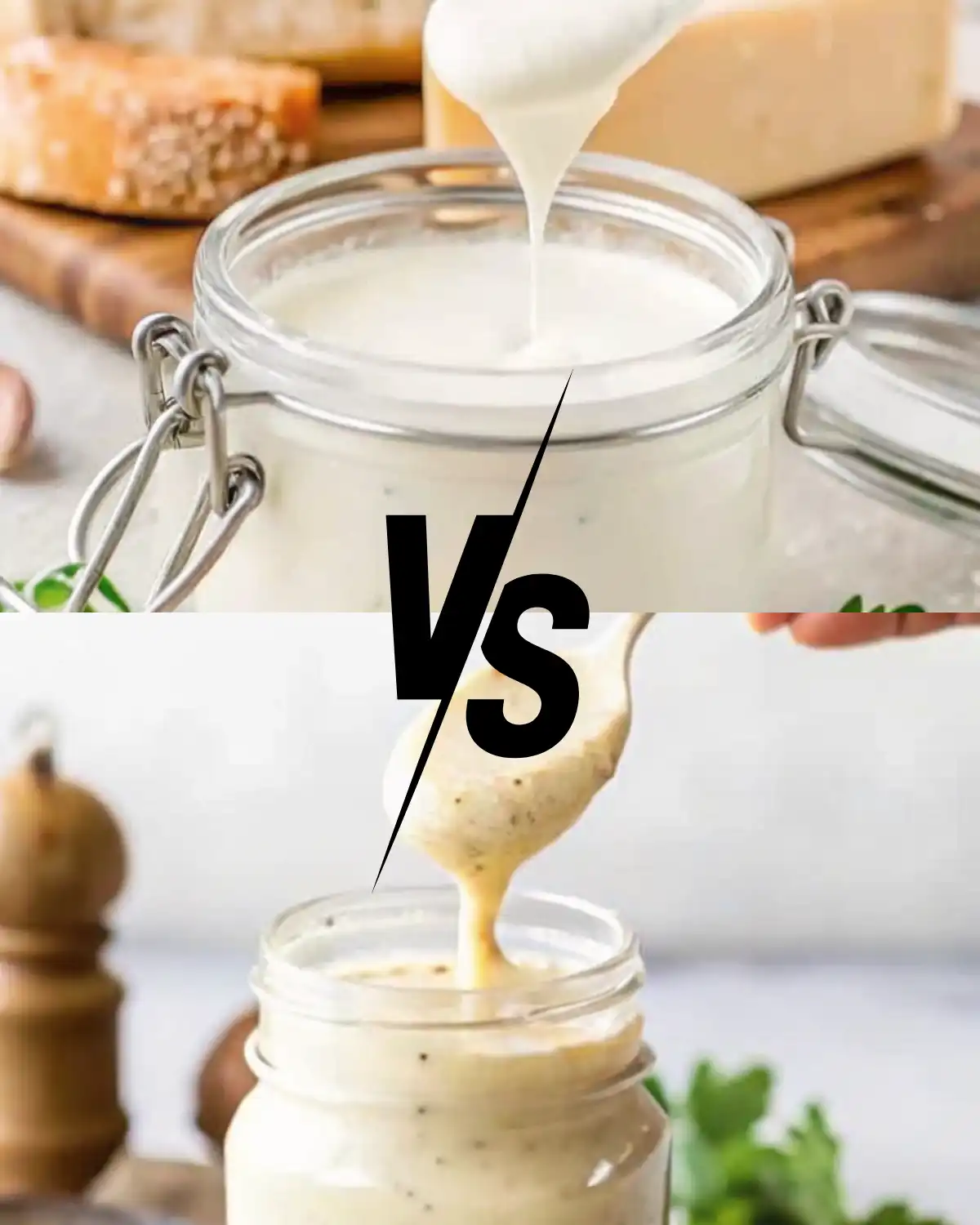
Table of Contents
Garlic Parmesan Sauce vs Alfredo: What’s the Difference?
Both sauces fall under the creamy pasta sauce family, but here’s how they really stack up:
Ingredients:
- Alfredo (traditional Italian): just butter, Parmesan cheese, and pasta water
- Garlic Parmesan sauce: butter, heavy cream, minced garlic, and lots of grated Parmesan
- Garlic Parmesan often includes flour or cream cheese for a thicker texture
Flavor Profile:
- Alfredo: mild, buttery, and slightly nutty—lets the pasta shine
- Garlic Parmesan: bold, savory, and rich with strong garlic flavor
- Great for those who love a garlic white sauce with depth
Texture:
- Alfredo: silky and light, especially in its Italian form
- Garlic Parmesan: dense, creamy, and often dip-like
Origins:
- Alfredo is rooted in traditional Italian cuisine
- Garlic Parmesan is a modern, American-style sauce
- Most jarred Alfredo sauces are actually American adaptations with cream
Usage:
- Alfredo pairs well with fettuccine or light proteins like shrimp
- Garlic Parmesan works beautifully in garlic shrimp pasta, chicken dishes, or creamy veggie bakes
These differences aren’t just about taste—they shape how you use these sauces in real dishes. One’s a classic, the other’s a flavor-packed powerhouse.
When to Use Garlic Parmesan vs Alfredo Sauce
Choosing between Garlic Parmesan and Alfredo depends on the dish you’re planning and the flavors you want to highlight.
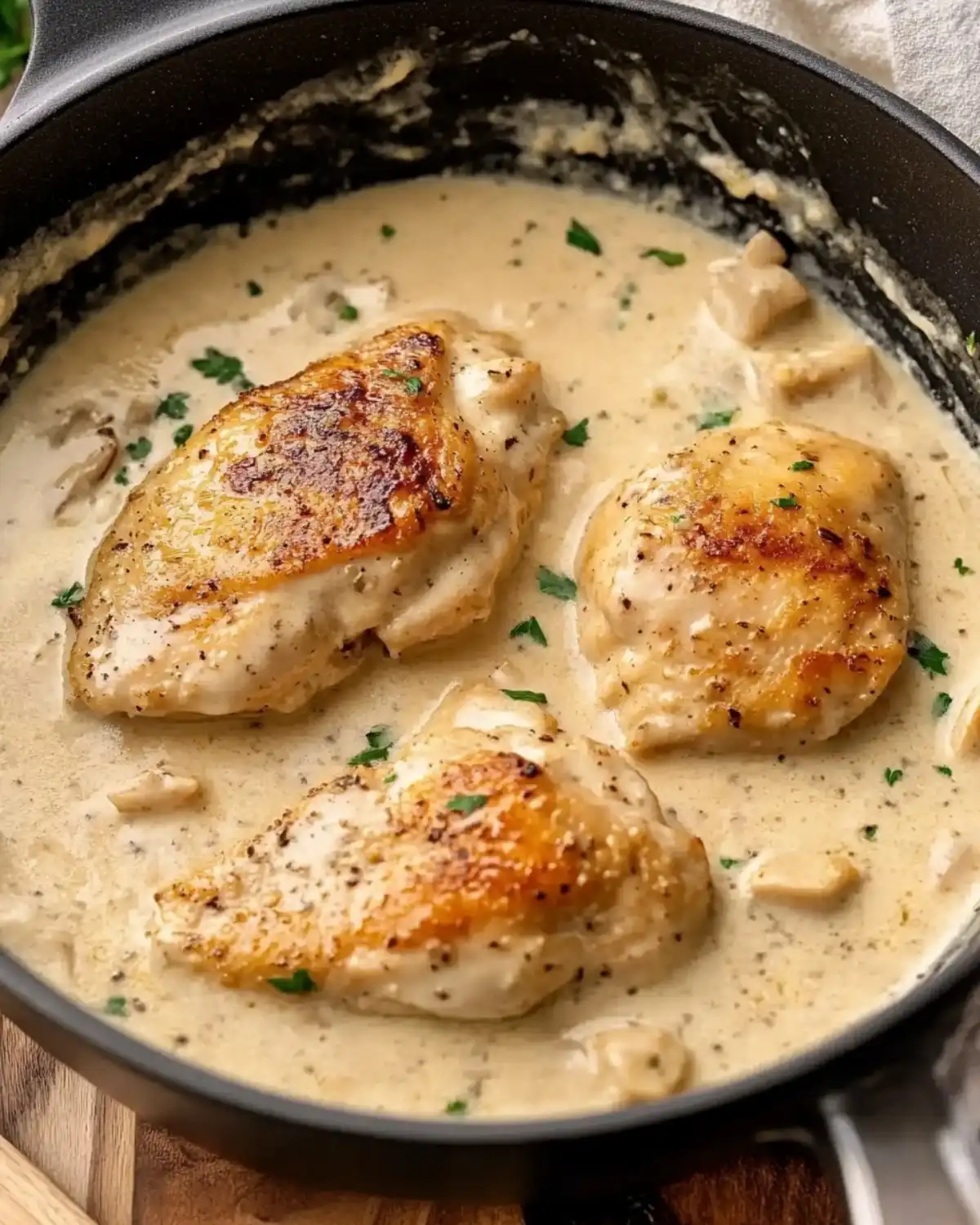
Use Garlic Parmesan sauce when you want:
- Bold, garlic-forward flavor that stands out
- A thick, creamy consistency ideal for garlic white sauce lovers
- Dishes like garlic shrimp pasta, chicken and vegetables bake, or creamy veggie casseroles
- A sauce that pairs well with roasted meats, crusty bread, or stuffed shells
Reach for Alfredo sauce when you need:
- A lighter, buttery pasta sauce that lets ingredients shine
- Smooth, silky texture—especially with fettuccine or linguine
- A base for classic creamy pasta dishes like fettuccine Alfredo or chicken Alfredo
- A versatile option for mixing with pesto or tomato cream for added variety

These creamy pasta sauces each have their perfect moment. Garlic Parmesan is rich and indulgent, ideal for cozy comfort food. Alfredo is timeless and subtle, perfect for more delicate flavor pairings.
Health Considerations and Dairy-Free Options
Both sauces are rich and comforting, but they vary in nutrition—and yes, you can make them dairy-free or lighter without sacrificing flavor.
Dairy-Free Alfredo Options:
- Blend soaked cashews with garlic and lemon for a creamy texture
- Use oat milk or almond milk as the base
- Nutritional yeast adds cheesy notes without the dairy
Dairy-Free Garlic Parmesan Swaps:
- Coconut cream or soy milk thickens well
- Use garlic powder and vegan Parmesan for bold flavor
- Add arrowroot or cornstarch for that luscious thickness
Substitutes for Heavy Cream (Dairy-Free or Light):
If you’re looking for a substitute of heavy cream, there are plenty of tasty and lighter alternatives. Try mixing oat milk with olive oil, using low-fat milk thickened with cornstarch, or blending silken tofu for a smooth, creamy base. These swaps keep your garlic white sauce or Alfredo rich without all the saturated fat.
Nutritional Comparison (per ¼ cup serving):
| Nutrient | Garlic Parmesan Sauce | Alfredo Sauce |
|---|---|---|
| Calories | 180–220 | 160–200 |
| Total Fat | 18g | 16g |
| Saturated Fat | 10g | 8g |
| Carbohydrates | 2g | 1g |
| Protein | 4g | 3g |
| Sodium | 400mg | 350mg |
Healthy Tips:
- Choose plant-based ingredients to cut saturated fat
- Use smaller portions to control calorie intake
- Pair with whole grain pasta or veggies for balance
Whether you’re going for full comfort or looking to lighten things up, both creamy pasta sauces can work with the right swaps.r full comfort or looking to lighten things up, both creamy pasta sauces can work with the right tweaks.
Storage and Shelf Life
Knowing how to store your sauces helps keep them fresh and safe to eat.
Homemade Garlic Parmesan Sauce:
- Store in an airtight container in the fridge
- Stays fresh for up to five days
- Reheat gently on the stovetop or in short microwave bursts to avoid separation
Homemade Alfredo Sauce:
- Best used within three to five days
- Cream-based versions may thicken or separate when reheated—stir in a splash of milk to revive
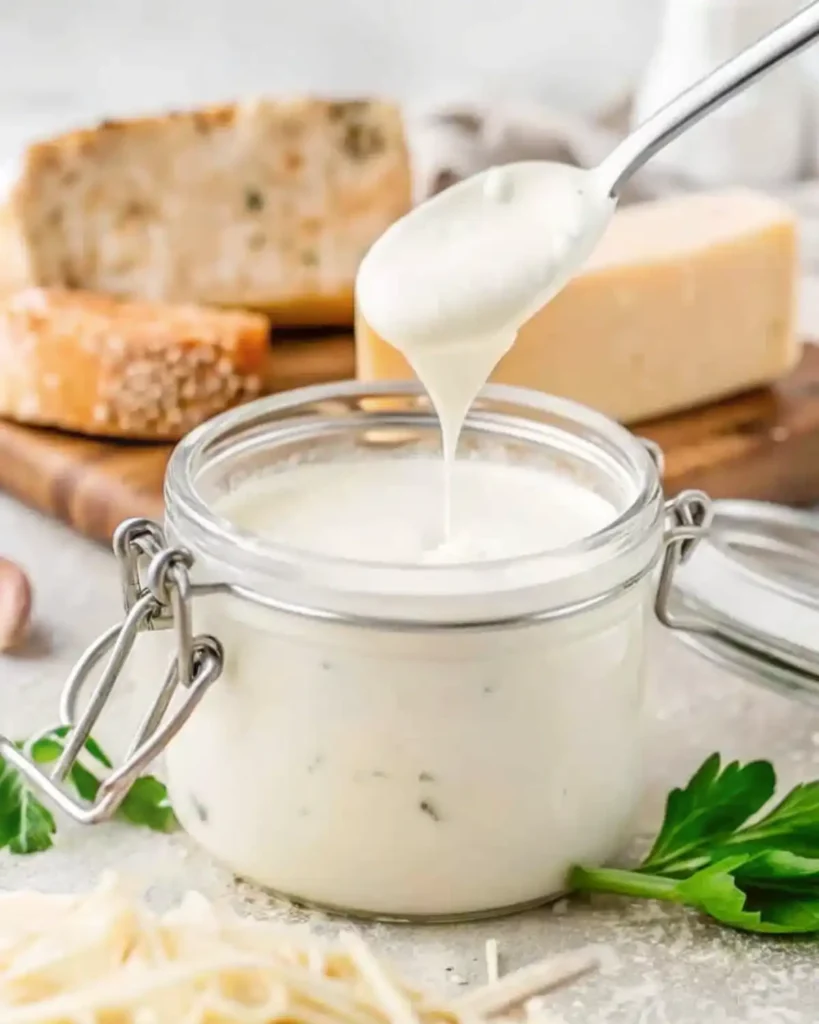
Jarred Varieties:
- Once opened, keep refrigerated and use within one to two weeks
- Always check for changes in smell, color, or texture before using
Freezing Tips:
- Garlic Parmesan freezes better due to its thicker texture
- Alfredo may become grainy after thawing—blend or stir well to smooth it out
Proper storage keeps your creamy pasta sauces safe, flavorful, and ready for your next quick dinner.
Cultural Notes: Authenticity and Italian Cuisine
The debate between Garlic Parmesan sauce and Alfredo isn’t just about taste—it also reflects how recipes evolve across cultures.
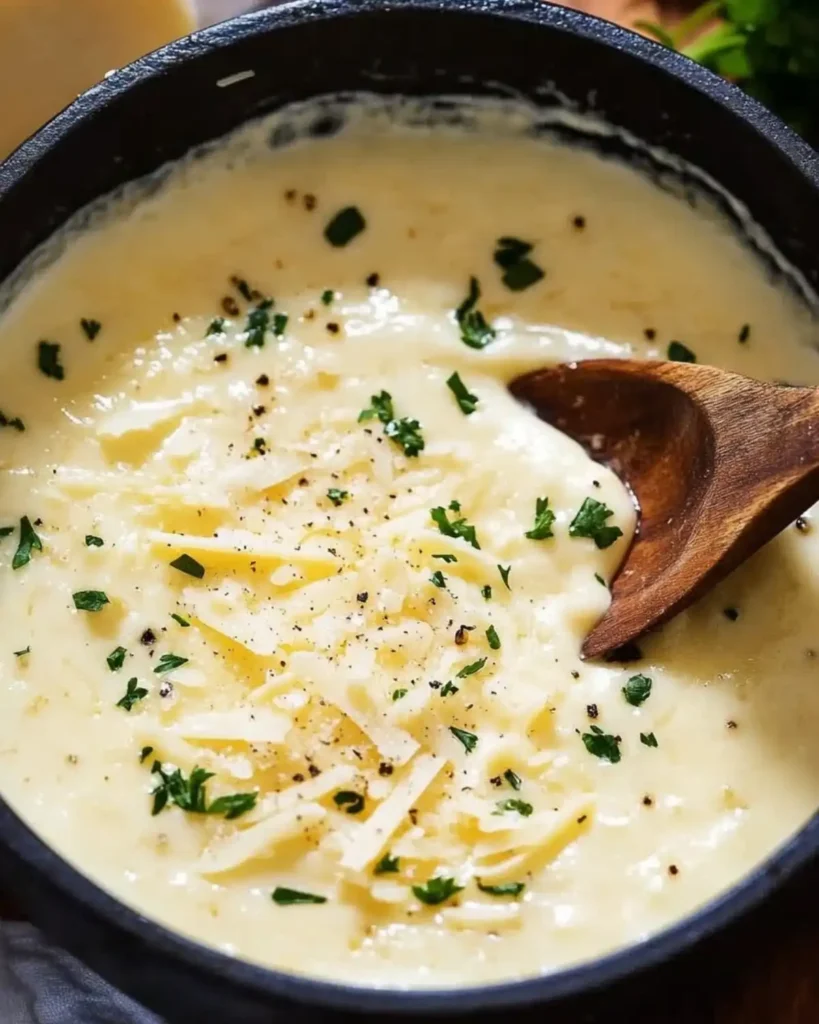
Alfredo’s True Italian Roots:
- In Italy, Alfredo sauce is minimalist: just butter and Parmesan
- It’s served over fettuccine, focusing on simplicity and high-quality ingredients
- There’s no heavy cream, garlic, or thickening agents in the authentic version
The American Influence:
- What most Americans call Alfredo is a creamy pasta sauce made with butter, cream, and cheese
- Garlic Parmesan takes that concept further—richer, heavier, and often bolder in flavor
- These sauces have been adapted for modern tastes, especially in casual dining and family recipes
Culinary Evolution:
- Garlic Parmesan doesn’t exist in traditional Italian cuisine—it’s a creamy garlic white sauce born from American creativity
- Alfredo’s transformation from Rome’s butter-and-cheese to today’s creamy pasta sauces shows how comfort food adapts over time
Understanding these roots helps you appreciate each sauce not just as a recipe—but as a reflection of culture, comfort, and how we share flavor across generations.
Try It & Share Your Twist!
Now that you know the difference between Garlic Parmesan sauce and Alfredo, it’s your turn to bring them to life in your kitchen.
Try each sauce in your favorite creamy pasta recipes, mix them up with proteins or veggies, or even swirl them into baked dishes. Don’t be afraid to get creative—your perfect version might just become a new family favorite.
Loved one more than the other? Have a go-to tip or a surprising twist? Drop your thoughts in the comments—I’d love to hear how you made it your own!
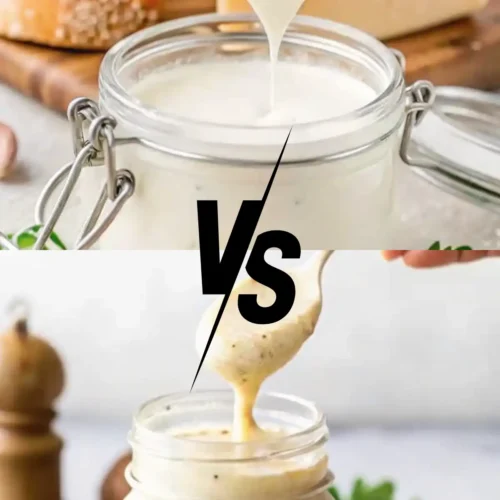
Garlic Parmesan Sauce vs Alfredo Sauce
Ingredients
Garlic Parmesan Sauce
- 2 tbsp butter
- 4 cloves garlic minced (fresh garlic is essential)
- 1 cup heavy cream or a substitute of heavy cream like oat milk with olive oil
- 1 cup Parmesan cheese grated
- 1 tsp Italian seasoning
- 1 tbsp flour optional, for thickening
- Salt and black pepper to taste
Alfredo Sauce
- 1/2 cup unsalted butter
- 1 cup heavy cream
- 1 cup Parmesan cheese grated
- 1/2 tsp garlic powder optional, not in traditional Alfredo
- Salt and black pepper to taste
- Pinch nutmeg optional
Instructions
Garlic Parmesan Sauce
- Melt butter in a saucepan over medium heat.
- Add minced garlic and sauté until fragrant, about 30 seconds.
- Pour in heavy cream or substitute and stir well.
- Whisk in Parmesan cheese, Italian seasoning, salt, and pepper.
- Optional: Add flour to thicken, whisking continuously until smooth.
- Simmer gently for 5–7 minutes until the sauce thickens.
Alfredo Sauce
- Melt butter in a saucepan over medium heat.
- Stir in heavy cream and bring to a light simmer.
- Add garlic powder, if using.
- Whisk in grated Parmesan cheese until creamy.
- Season with salt, pepper, and nutmeg.
- Simmer until it reaches your preferred consistency.
Notes
Frequently Asked Questions
Can I Make Either Sauce Dairy-Free?
Absolutely! For a dairy-free version:
– Replace butter with vegan butter or olive oil.
– Use unsweetened almond milk or oat milk instead of cream. Add a little nutritional yeast or dairy-free Parmesan for cheesy flavor.
How Long Do These Sauces Last in the Fridge?
Both sauces can be stored in an airtight container in the refrigerator for up to 3–4 days. Reheat gently over low heat, adding a splash of milk or cream to restore their creamy texture. Avoid freezing, as the texture may separate when thawed.
What Is the Red Sauce on Pasta Called?
The red sauce on pasta is typically called marinara sauce or pomodoro sauce. Both are tomato-based, but marinara is chunkier and more rustic, while pomodoro is smoother and silkier. Other popular red sauces include arrabbiata (spicy), Bolognese (meaty), and fra diavolo (spicy with seafood).
Do Italians Put Chicken in Pasta?
Traditionally, Italians don’t add chicken to pasta. In Italian cuisine, pasta is served as a separate course from meat. Chicken pasta dishes like Chicken Alfredo or Chicken Parmesan are more common in American-Italian cuisine. However, modern Italian-inspired recipes may include chicken, though it’s not traditional.
Latest Recipes to Inspire Your Next Meal


